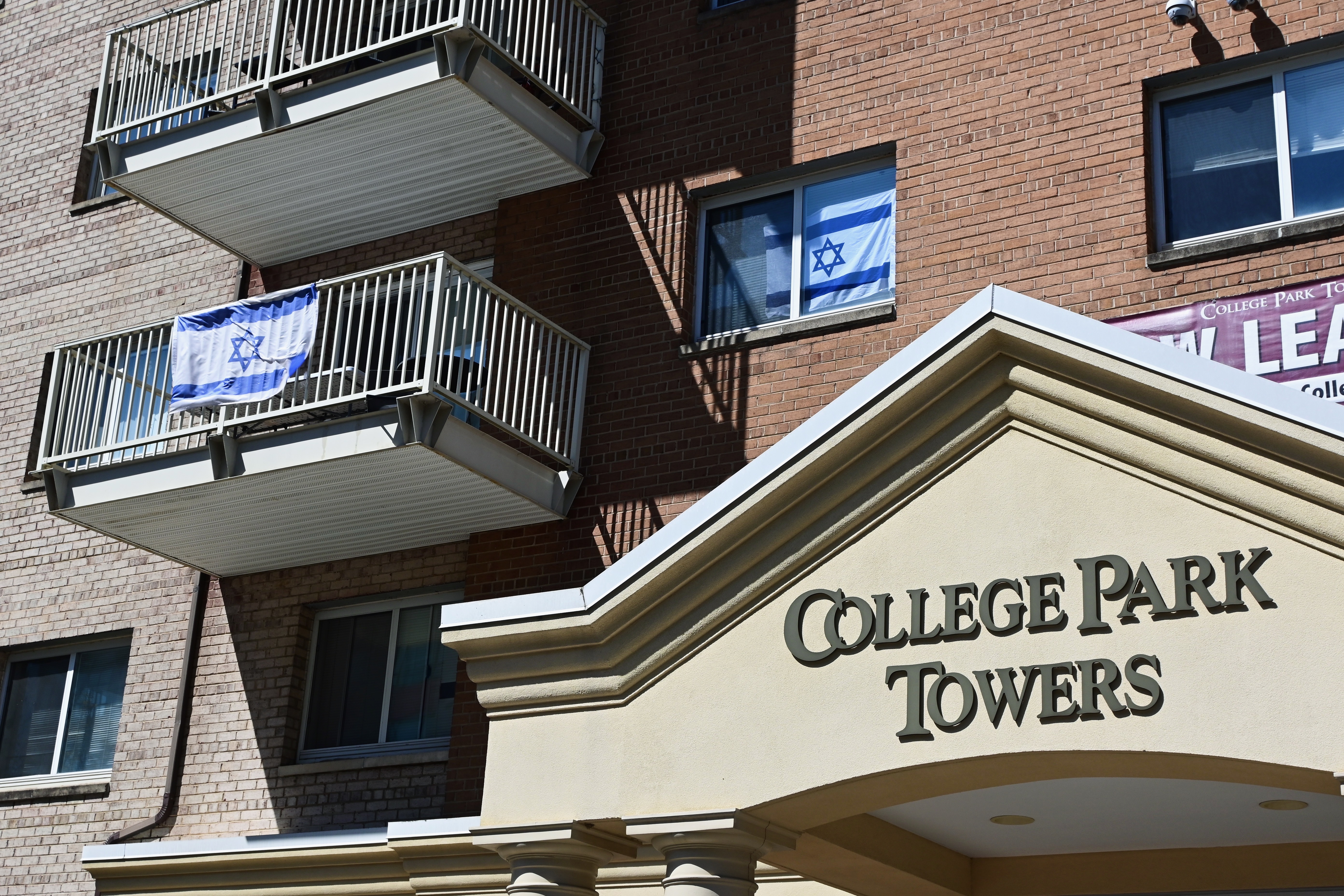
By Mark Choy
For Mitzpeh
@MarkChoy3
After a year of online classes, many Jewish students at this university still feel that the online experience is not up to par with in-person learning. Halfway through the second full semester of “Zoom learning,” many Jewish students are feeling the difference — and not for the better.
Many students feel their connection to campus life has been severed because of virtual classes. With several students turning off their cameras during Zoom calls, many feel that the environment is just not the same.
“There is a definite loss that you feel – the loss of connection with professors and classmates,” said Julianna Solomon, a senior physiology and neurobiology major.
This loss of community is not only felt by students, but also by several professors and instructors. Specifically, asynchronous teaching also plays a role in the lack of meaningful time spent with teachers.
Some students believe that there has been overall improvement since last year’s spring semester as professors have adjusted to the online approach. They felt that the asynchronous method last year made some professors lazy in their teaching methods.
“I have noticed that many professors, especially last semester, did asynchronous recorded lectures for all of their classes and expect students to do more work to compensate for the lack of in-class participation,” said Ezra Berger, a junior finance and operations management and business analytics major.
Online classes have also made some students feel less productive and more likely to disengage.
“I think most of my classmates hate online classes and are also much less engaged and motivated,” said Berger. “I feel that the asynchronous classes make my friends and me less productive as it’s harder to build your schedule.”
However, many Jewish students also mentioned that there are some positives to being in an online format. The digitalization of classwork and lectures allow students to organize more efficiently and work at their own pace. Also, exams seem to be a bit easier because most allow for open notes.
“The pros are the ability to rewatch lectures and open note assessments, but everything else is basically a con,” Berger said.
Being on the computer for the majority of the day is not out of the ordinary for most students. Whether it be watching lectures, joining social events, or doing homework, a typical student’s day is spent online.
“I don’t know the exact number [of hours], but most of the day is spent by computers,” Eitan Galper, a junior mechanical engineering major, said. “You know when you’re staring at your screen all day, it gets pretty boring and hard to focus.”
Although synchronous classes seem to be more popular for many students like Berger, Galper prefers asynchronous learning.
“I personally like asynchronous better because I can do it on my own time and make my own schedule,” said Galper, “There are definitely some aspects that are helpful like having lectures recorded, and being able to watch it at any time.”
Overall, students felt that online learning is forcing them to miss out on the quality of education that they are accustomed to. However, there may be a silver lining to this new learning environment.
“I think COVID has made me more flexible in general,” said Solomon. “I understand that when an obstacle comes my way I will be able to get through it and move forward.”




